National Education Policy needs close scrutiny for what it says, what it doesn’t
Written by Kumkum Roy
National Education Policy needs close scrutiny for what it says, what it doesn’t
National Education Policy 2020 requires closer scrutiny, in terms of its implications for the marginalised, disciplinary spaces, autonomy, and constitutional values, among other things.
The National Education Policy, an ambitious and complex document, laying down a road map for the next two decades, has been adopted in the midst of a pandemic and a lockdown, which renders discussion and debate difficult. Nevertheless, it requires closer scrutiny, in terms of its implications for the marginalised, disciplinary spaces, autonomy, and constitutional values, among other things.
What are its implications for the majority of those covered under the acronym SEDGs (Socially and Economically Disadvantaged Groups) in the text? Absent in the document, as far as I could see, is any mention of the term “caste”, apart from a fleeting reference to Scheduled Castes. Also absent is any mention of reservation in academic institutions, whether for students, teachers, or other employees. Reservation, necessary but not sufficient, is the bare minimum required in terms of affirmative action in the highly differentiated socio-economic milieu in which we exist. The silence of the document on this issue is troubling, to say the least.
Equally disturbing is the passing reference to educational institutions in tribal areas, designated as ashramshalas (NEP 1.8) and envisaged as part of the Early Childhood Children Education programme. What, one wonders, will be transacted in these institutions. While there are sections of the document (for instance, NEP 14.4) that describe ways in which SEDGs are supposed to gain access to higher education institutions, there is no time-frame that is specified. This is particularly crucial as the document visualises increased “benign” privatisation of education, attempting to distinguish this from commercialisation. In a situation of growing privatisation and the near collapse of public institutions of higher education, how these policies will be implemented is a matter of concern.
One of the buzz words in the document is multi-disciplinarity — an apparently attractive and flexible proposition, allowing learners to experiment with a variety of options. We learn (NEP 11.7) that “Departments in Languages, Literature, Music, Philosophy, Indology, Art, Dance, Theatre, Education, Mathematics, Statistics, Pure and Applied Sciences, Sociology, Economics, Sports, and other such subjects needed for a multidisciplinary, stimulating Indian education and environment will be established and strengthened at HEIs across the country.” While the list is unexceptionable, it is worth flagging what is missed out — fields of studies such as Women’s Studies or Gender Studies, Cultural Studies, Media Studies, Dalit Studies, Studies of Discrimination and Exclusion, Environmental Studies and Development Studies, all of which have developed over the last three or four decades. Many of these have engaged with multi-disciplinarity/inter-disciplinarity in exciting and disturbing ways, bringing to the fore issues of diversity, difference and identity. That these developments are ignored in what purports to be a forward-looking document is intriguing.
While there is a running refrain of autonomy and choice in the document, this is circumscribed at crucial junctures. For instance, the selection of vocational subjects in middle school is described as a fun choice. At the same time, it is to be exercised “as decided by States and local communities and as mapped by local skilling needs”
Further up in the scheme of things is the National Testing Agency (NEP 4.38) which, we learn “will serve as a premier, expert, autonomous testing organisation to conduct entrance examinations… in higher educational institutions.” This is expected to be a means of “drastically reducing the burden on students, universities and colleges, and the entire education system.” That instead of an overarching centralised agency, an innovative educational policy would attempt to create space for context-specific and diverse modes of evaluation for different fields of learning is a possibility that remains unexplored.
Overall, HEIs will now be run by a Board of Governors (NEP 19.2), backed by legislative changes where required. Further centralisation is envisaged through the setting up of “the National Higher Education Regulatory Authority (NHERA)… to regulate in a ‘light but tight’ and facilitative manner, meaning that a few important matters — particularly financial probity, good governance, and full online and offline public disclosure of all finances, procedures, faculty/staff, courses, and educational outcomes — will be very effectively regulated, while leaving the rest to the judgment of the HEIs (NEP 20.4).” What, one wonders, remains in “the rest”.
While we have been hearing a great deal about the benefits of being atma-nirbhar, the policy explicitly facilitates the presence of foreign universities within higher education. Also, and perhaps more intriguing, these universities are held up as ideals to be emulated. So “MERUs (Multidisciplinary Education and Research Universities) will be set up and will aim to reach the global status of, e.g., the Ivy League Universities in the US.”
Several universities and HEIs have evolved and sustained democratic mechanisms, including academic and executive councils. These formulate, discuss, and implement policies, courses and other institutional matters. What has made them vibrant institutions is the presence of faculty and students, elected, as well as on the basis of seniority and rotation. Jettisoning these structures, norms and practices for a linear top-down mode of administration, as envisaged, will deprive members of HEIs of an opportunity to engage with the challenges of democratic functioning.
Also worrisome is what happens with the Constitution — while an assortment of values are identified as constitutional, including “knowledge and practice of human and constitutional values (such as patriotism, sacrifice, non-violence, truth, honesty, peace, righteous conduct, forgiveness, tolerance, mercy, sympathy, helpfulness, cleanliness, courtesy, integrity, pluralism, responsibility, justice, liberty, equality, and fraternity)” (NEP 4.23), and there is an occasional mention of fundamental duties, one searches in vain for any allusion to fundamental rights. Are these to be erased from the memories of future generations?
It is to be hoped that beyond the immediate excitement that the announcement of the implementation of the NEP has generated, there will be opportunities to examine its long-term implications, and, if necessary, revisit it, before it is actually implemented.
This article first appeared in the print edition on July 31, 2020 under the title ‘Educating India’. The writer is professor, Centre for Historical Studies, JNU. She has been involved in developing textbooks and curriculum for NCERT.
Please note that under 66A of the IT Act, sending offensive or menacing messages through electronic communication service and sending false messages to cheat, mislead or deceive people or to cause annoyance to them is punishable. It is obligatory on kemmannu.com to provide the IP address and other details of senders of such comments, to the authority concerned upon request. Hence, sending offensive comments using kemmannu.com will be purely at your own risk, and in no way will Kemmannu.com be held responsible.
Similarly, Kemmannu.com reserves the right to edit / block / delete the messages without notice any content received from readers.
Obituary: Olga Bridget Lewis (89), Kallianpur, Lucknow
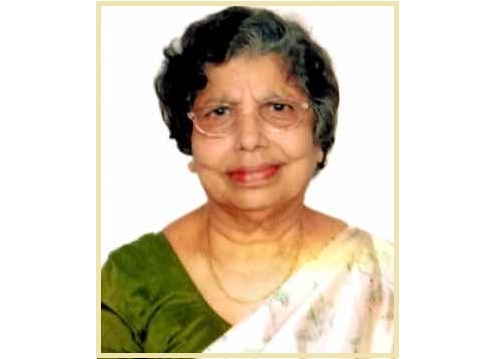
Silver Jubilee Rev. Bishop Gerald John Mathias and Golden Jubilee Rev. Sr. Jaya Mathias, Milagres, Udupi
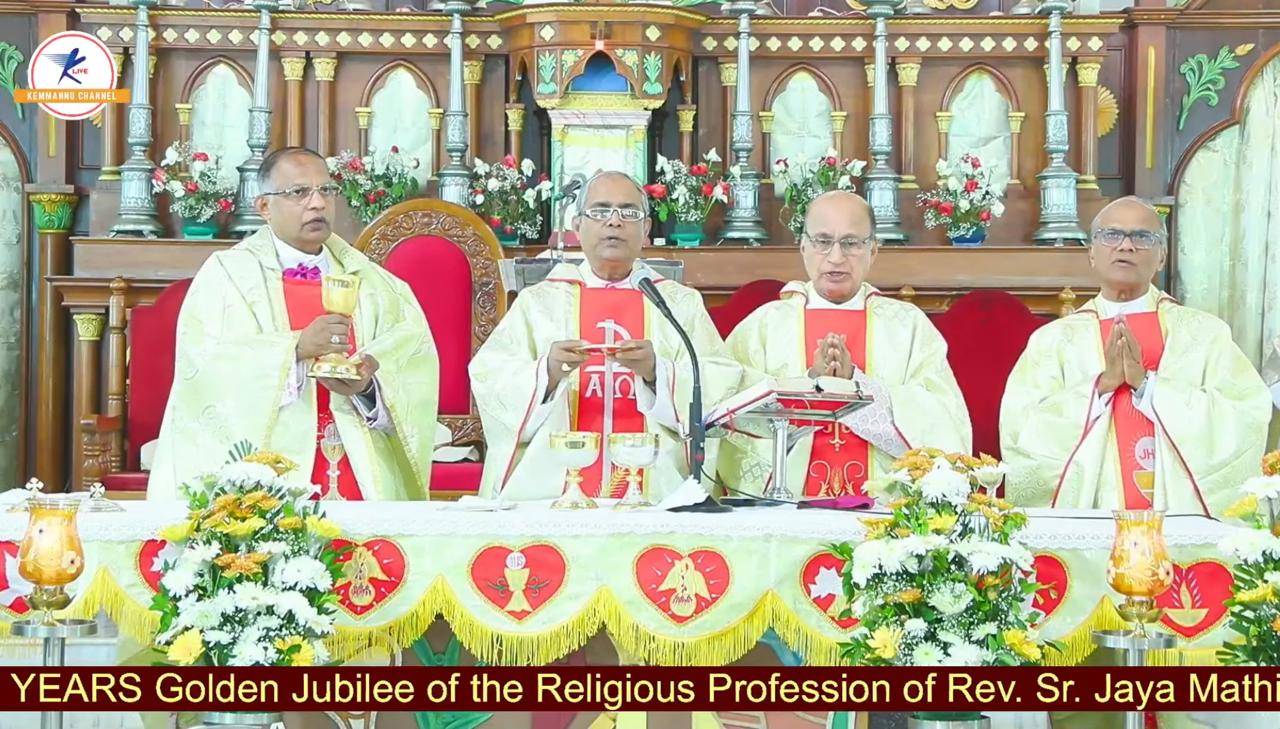
Annual Day Calebration 2025 | Carmel English School, Kemmannu

Final Journey Of Francis Paul Quadros (59 Years) | LIVE From Udupi
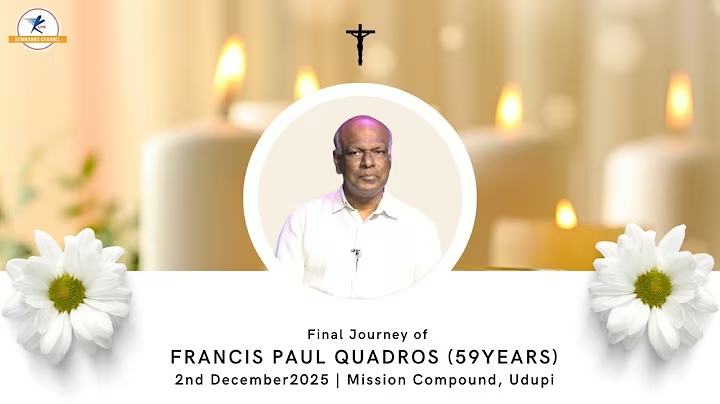
Final Journey of Sudeep Sebastian Gordon Martis (55 years) | LIVE from Kalmady

Final Journey of Tyron Pereira (57 years) | LIVE from Kalmady, Udupi
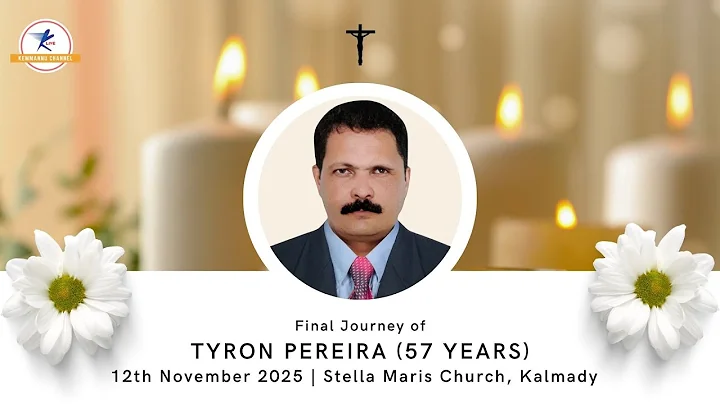
Final Journey of Lawrence M Lewis (82 years) | LIVE from Milagres, Kallianpur, Udupi
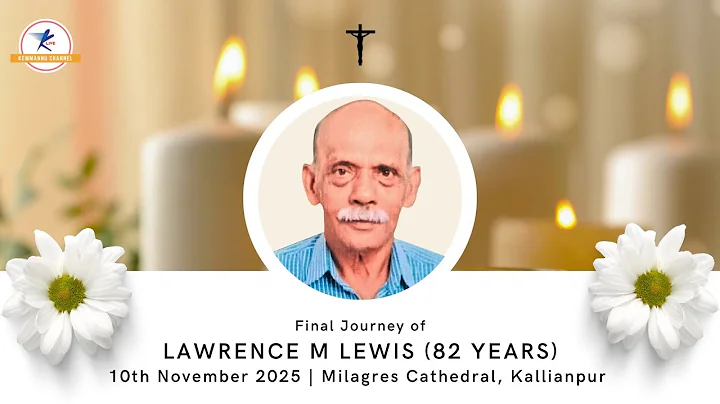
Final Journey of Salvadore Fernandes (76 Years) | LIVE from Shirva | Udupi
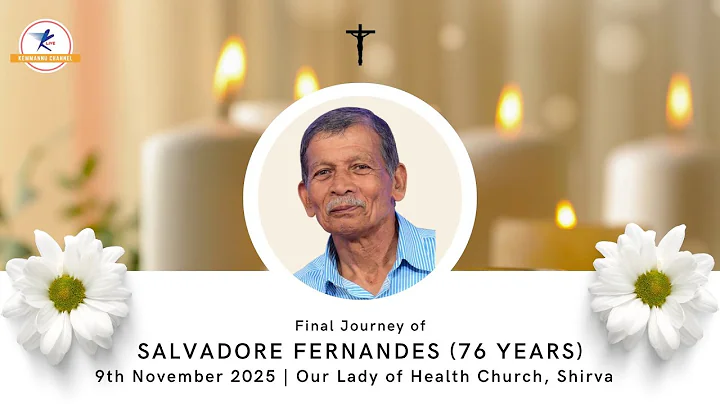
Final Journey of Dulcine Cecilia Mathias (89 years) | LIVE from Shirva | Udupi
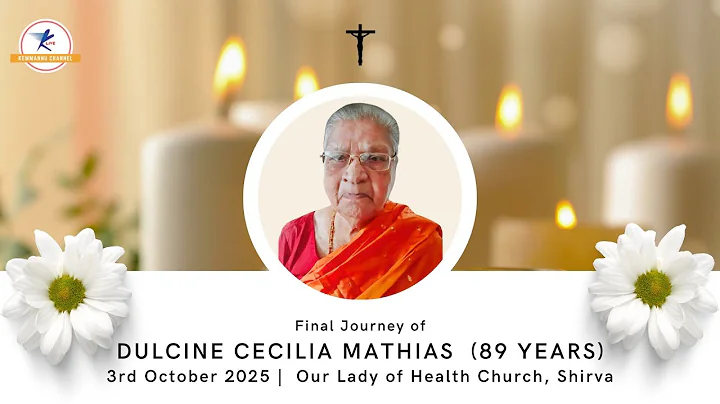
Titular Feast of St. Theresa Church, Kemmannu, Udupi
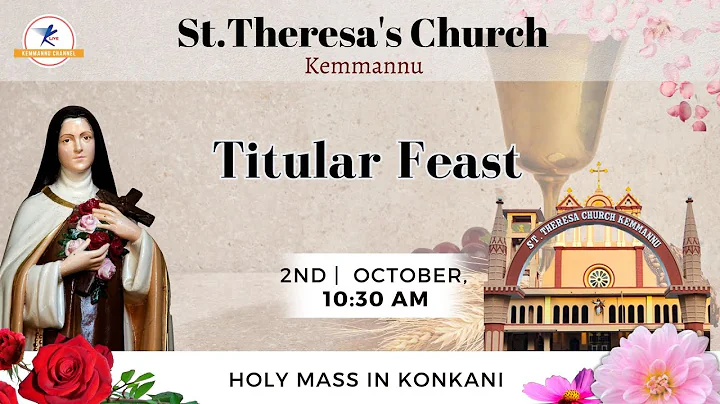
Final Journey of Dolphy Louis Suares (61 years) | LIVE from Katapady | Udupi
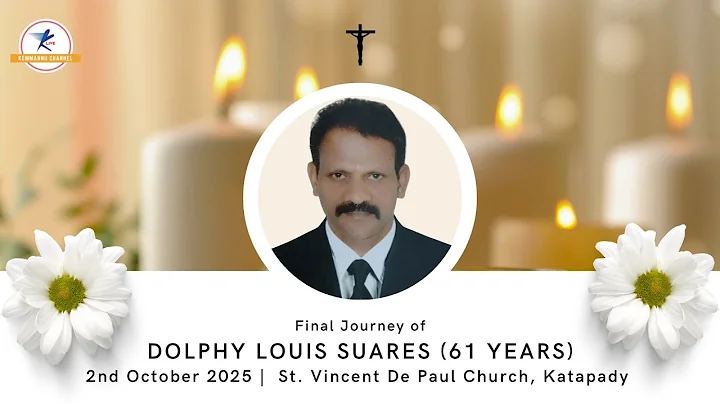
Final Journey Of Mrs. Lenny Machado (74 Years) | LIVE From Kemmannu | Udupi
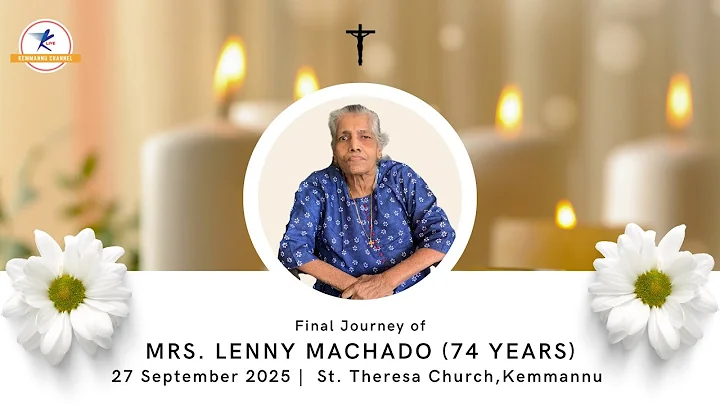
Mount Rosary Church - Rozaricho Gaanch Sep, 2025 Issue
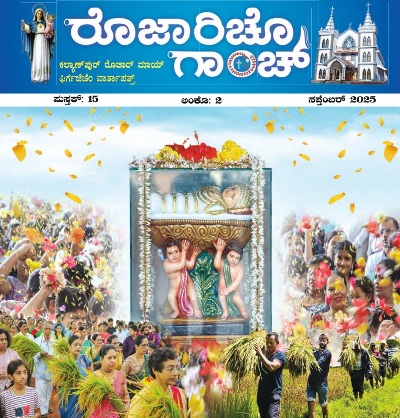
Final Journey Of Mrs. Lilly D Souza (68Years) | LIVE From Mount Rosary, Santhekatte, Udupi

ಅನ್-ಡು (UNDO) | A Konkani Short Film | ICYM Kallianpur Deanery

THEELN POLETHANA (ತೀಳ್ನ್ ಪಳೆತಾನಾ) | A Konkani Short Film | ICYM Udupi Deanery

Milarchi Lara, Milagres Cathedral, Kallianpur, Parish Bulletin - September 2025

Final Journey of Mrs. Elizabeth D’Souza (91 years) | LIVE from Udupi

ಮೊಂತಿ ಫೆಸ್ತ್ 2025 | Special Program in collaboration with Kemmannu Youth | Kemmannu.com
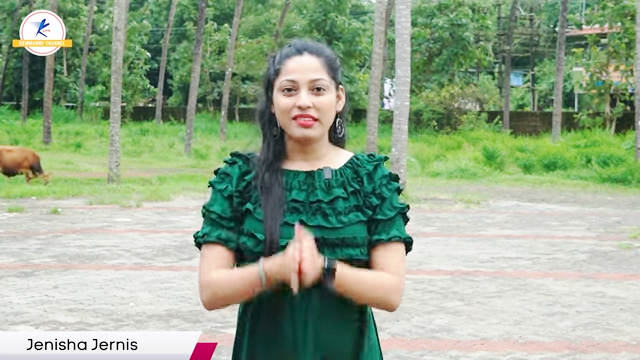
Monthi Fest Celebration |ಮೊಂತಿ ಫೆಸ್ತಾಚೊ ದಬಾಜೊ | 8-September-2025 | St. Theresa Church Kemmannu
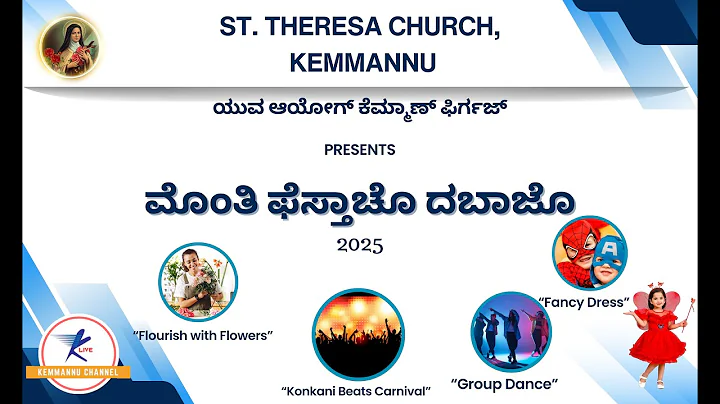
Land/Houses for Sale in Kaup, Manipal, Kallianpur, Santhekatte, Uppor, Nejar, Kemmannu, Malpe, Ambalpady.
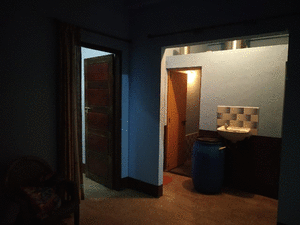
Focus Studio, Near Hotel Kidiyoor, Udupi
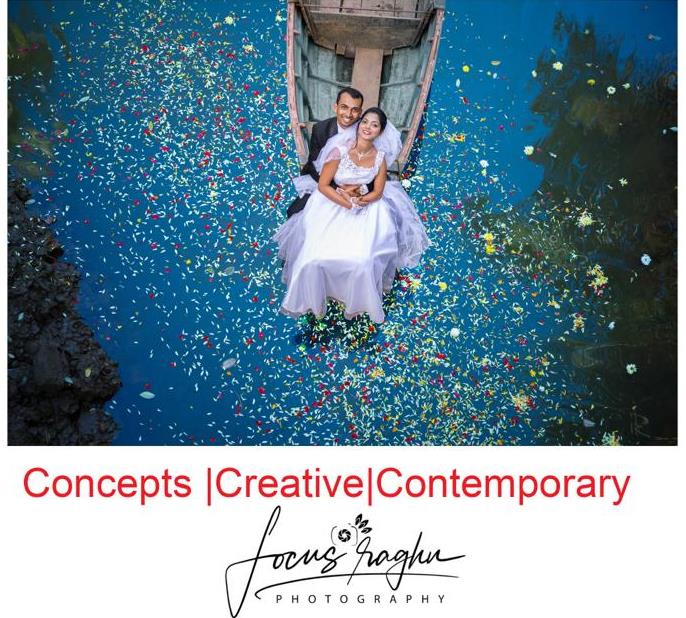

Earth Angels - Kemmannu Since 2023

Kemmannu Channel - Ktv Live Stream - To Book - Contact Here

Click here for Kemmannu Knn Facebook Link
Sponsored Albums
Exclusive
Annual Day Celebrated at Carmel English School, Kemmannu

Save Swarna River By Dr Gerald Pinto, Kallianpur

Udupi: Cooking without fire competition at Kemmannu Church [Video]

A ‘Wisdom Home of Memories’, a heritage Museum in Suratkal, Mangaluru

Celebrating 50 Years of Devotion: Iconic Konkani Hymn Moriye Krista Maye Marks Golden Jubilee

Arrest of Nuns’ at Chhattisgarh - Massive Protest Rally in Udupi Echoes a Unified Call for Justice and Harmony [Video]

MCC Bank Inaugurates Its 20th Branch in Byndoor

Mog Ani Balidan’ – A Touching Konkani Novel Released at Anugraha, Udupi [Photographs updated]

Milagres Cathedral celebrates Sacerdotal Ruby Jubilee of Mngr Ferdinand Gonsalves and Parish Community Day with grandeur

 TODAY -
TODAY -
 Write Comment
Write Comment E-Mail To a Friend
E-Mail To a Friend Facebook
Facebook Twitter
Twitter  Print
Print 